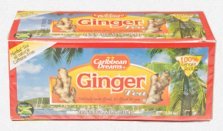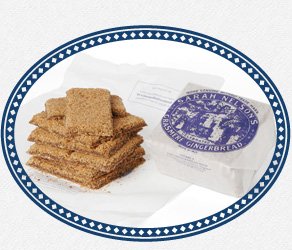The power and history of Ginger
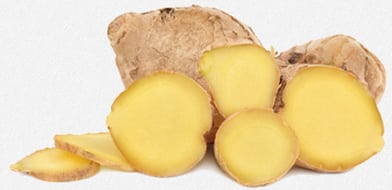

Ginger is one of the most powerful and popular spices in the world. It enjoys a fascinating history, boasts a wide variety of uses and is integral to a host of cultural traditions and beliefs.
Background
The story of Ginger dates back 5000 years. Ancient Chinese philosopher Confucius celebrated its healing powers and to the Romans it was a strong symbol of wealth and fertility. Ginger root was discovered and cultivated in South Asia before being exported to East Africa and the Caribbean.
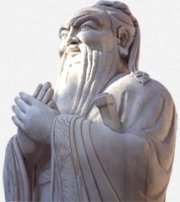
The Ginger Trade
A trading commodity since the 13th century, it was dried to preserve its shelf life on the long voyages between its Asian cultivation grounds and European markets. Expensive, like all imported goods at the time, only the very wealthy could afford to indulge and in the 14th century a pound of Ginger was worth the price of a whole sheep.
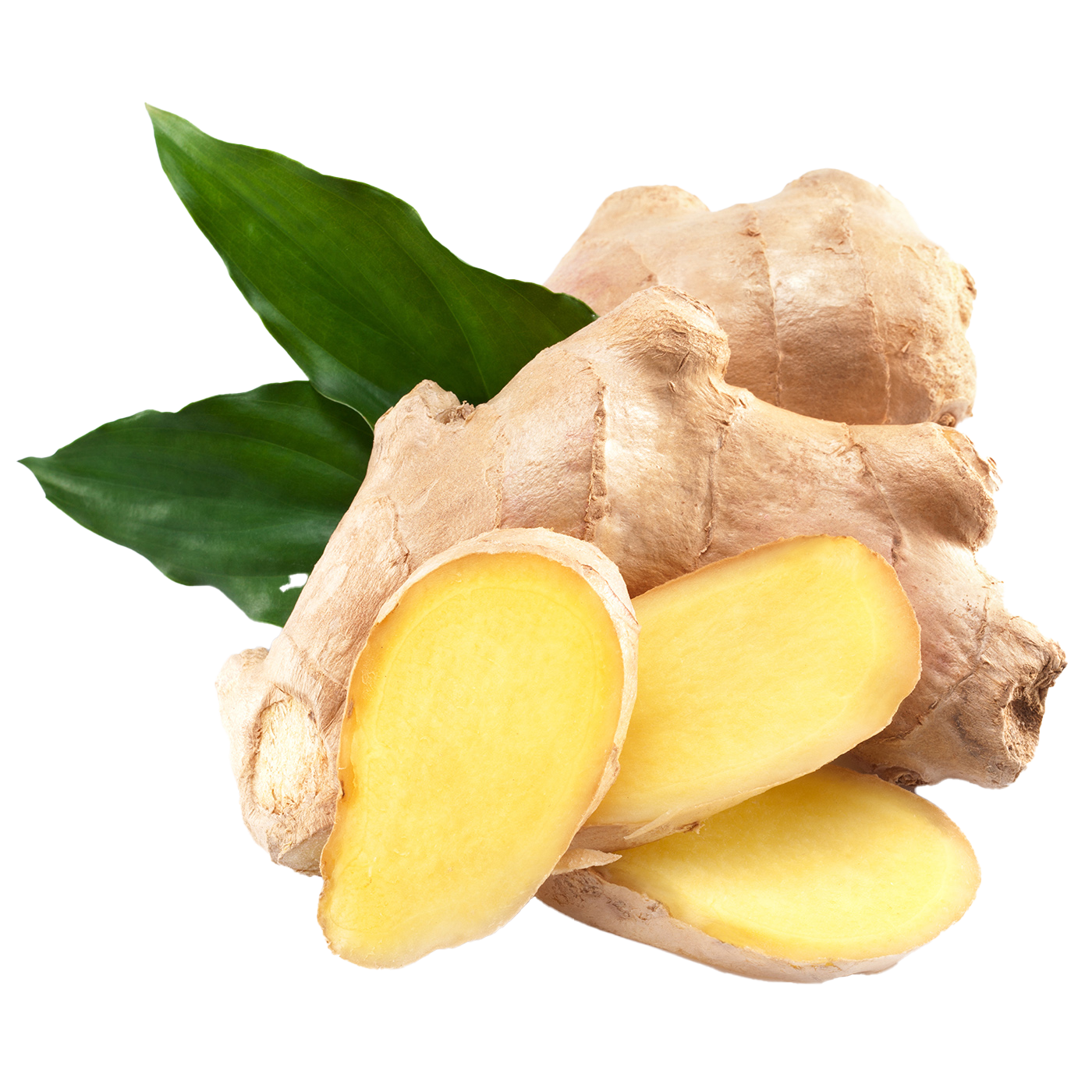
Medicinal qualities
Health devotees espouse the many medicinal and therapeutical qualities of ginger.
It is claimed to:
- Reduce inflammation in arthritic joints
- Lower cholesterol
- Thin the blood
- Ease stomach cramping, diarrhoea and sea sickness
- Relieve morning sickness
Ginger Tea
Ginger Tea, when drunk regularly, aids a healthy alimentary canal and digestive system whilst the fresh root is jam-packed with beneficial anti-oxidants.
Ginger Tea alleviates symptoms of the common cold whilst its warmth can raise the body’s internal temperature and break a fever. In India ginger paste is applied to the temples as a treatment for headaches.
Exclusively sold in the UK by The Grasmere Gingerbread Shop, our Herbal Ginger Tea is made from pure Caribbean ginger root.
“It’s a wonderful pick-me-up and a refreshing alternative to traditional leaf tea. “It’s the first thing I drink every morning,” said Joanne Hunter, a partner in the business. “It really helps to settle the stomach and I find it a very comforting and warming drink.”
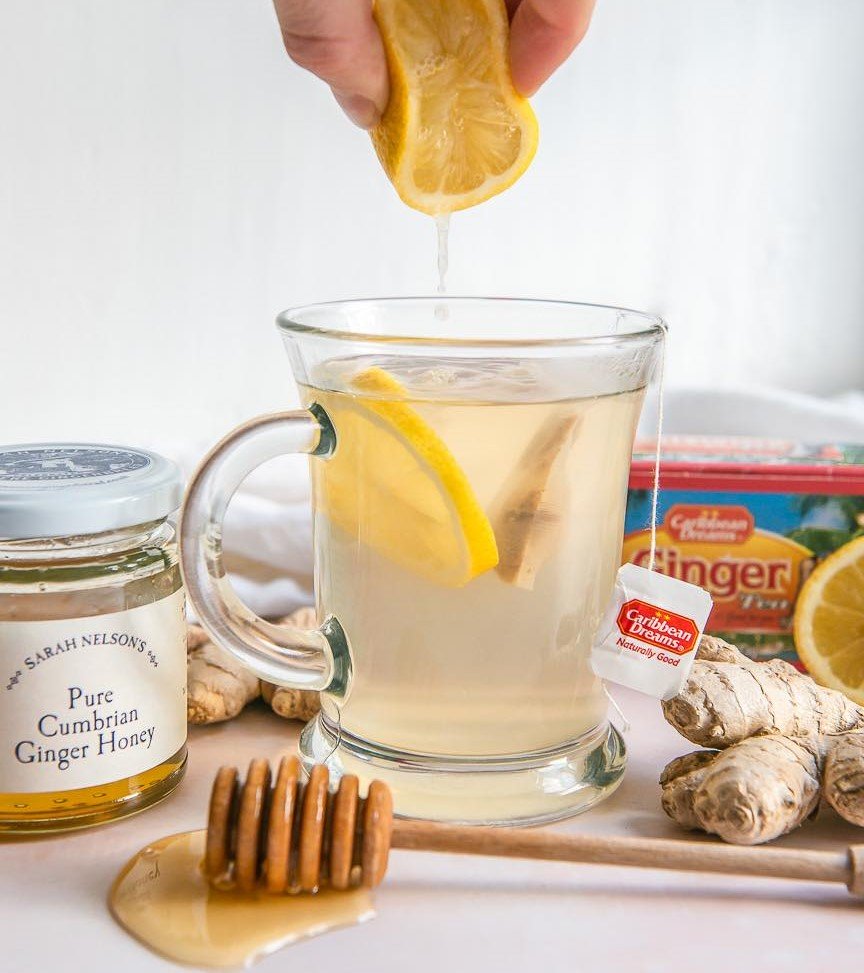
Ginger up your cooking
South East Asian, Chinese and Indian cultures savour the fresh root in savoury dishes whilst western cuisine traditionally used ginger in sweets and cakes, such as Grasmere Gingerbread®. However, nowadays fresh ginger root is increasingly common in European kitchens and popular in main savoury course meals such as healthy stir fries.

For the love of ginger
Ginger’s reputation as an aphrodisiac is global. Advocates believe its sexually stimulating scent increases circulation and make erogenous zones more sensitive.
- Historically, South Pacific islanders cited its warming properties in love potions and spells and others swore by its almost magical qualities to arouse desire
- Madame du Barry, the infamous mistress of King Louis XV of France is said to have served ginger to him (and a host of other lovers)
- Ginger is mentioned as an aphrodisiac in the ancient Sanskrit text The Kama Sutra.


The legend of the Gingerbread Man has a long-established provenance in mainland Europe. It is thought to have first appeared at the court of Queen Elizabeth I who presented courtiers with gingerbread likenesses of themselves at Christmas.
Gingerbread Men were also used as Christmas tree decorations and in elaborate holiday scenes with an accompanying gingerbread house, gingerbread animals and trees and candied and iced decorations.

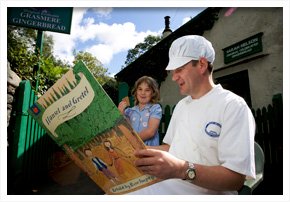
German gingerbread Christmas decorations dating back to the 16th century were traditionally elaborate and boosted by Grimm’s Fairy Tales and the children’s story of Hansel and Gretel.
In the 17th century Nuremberg became the Gingerbread Capital of the World thanks to the elaborate gingerbread scenes that city bakers would create and display in their shop windows.
